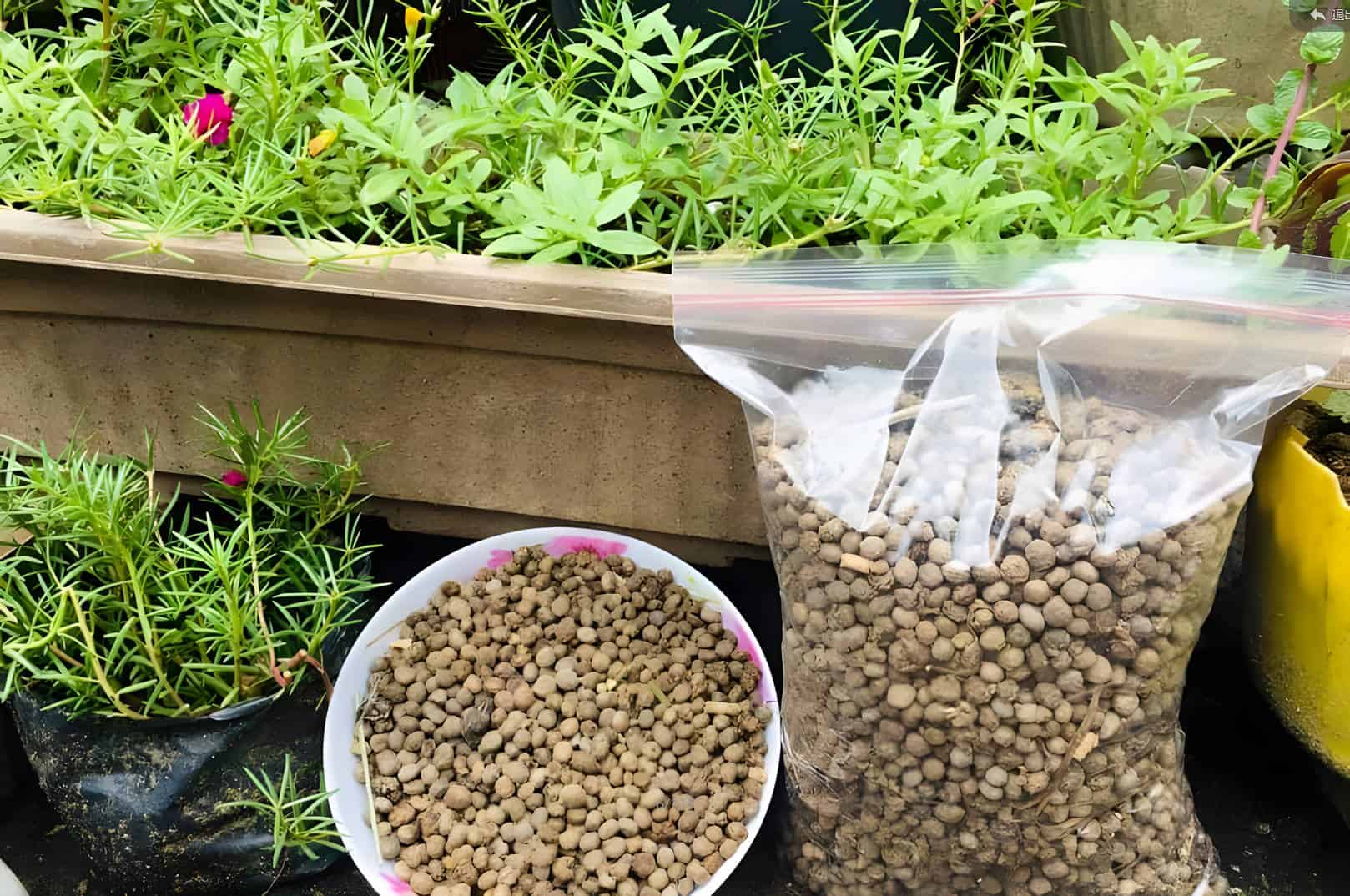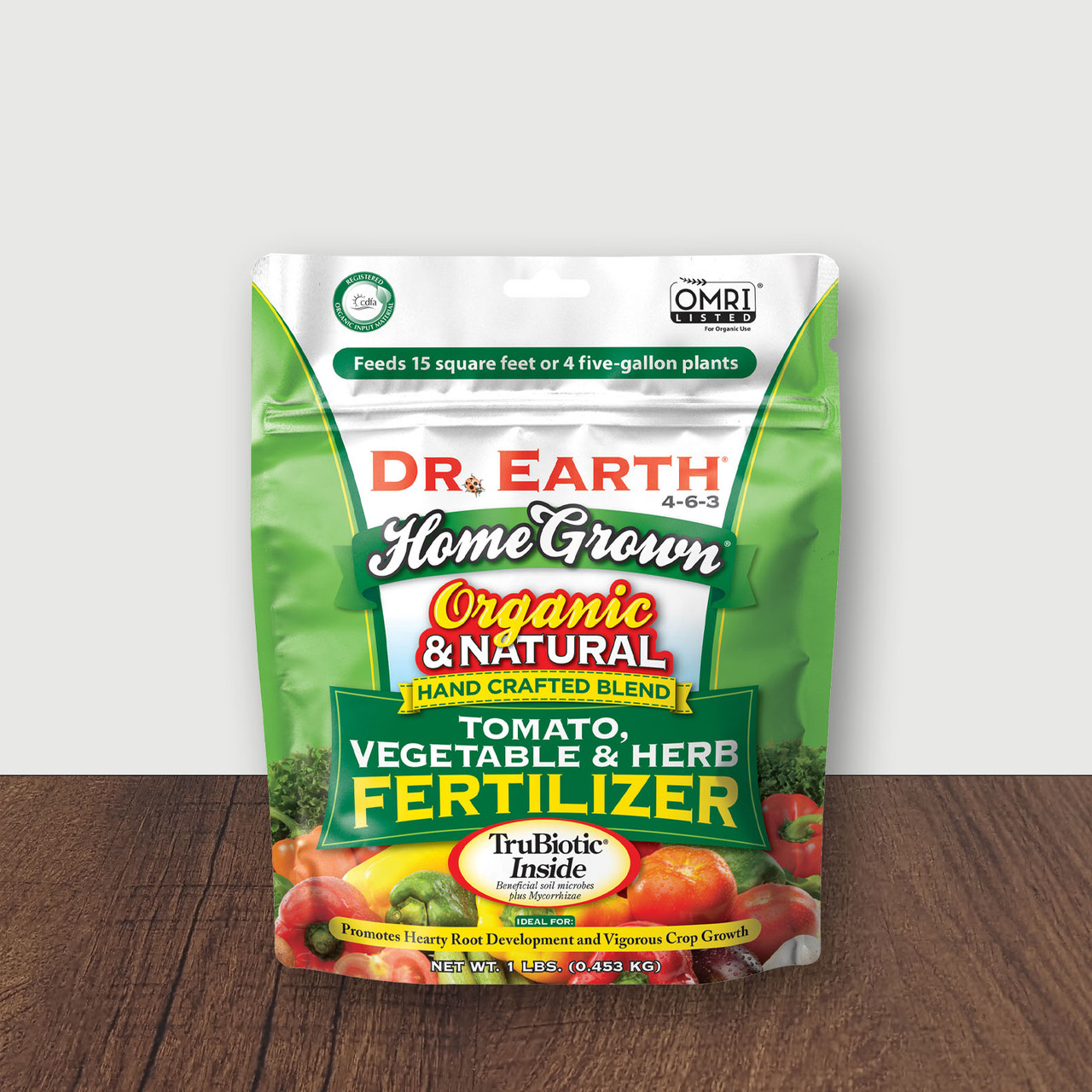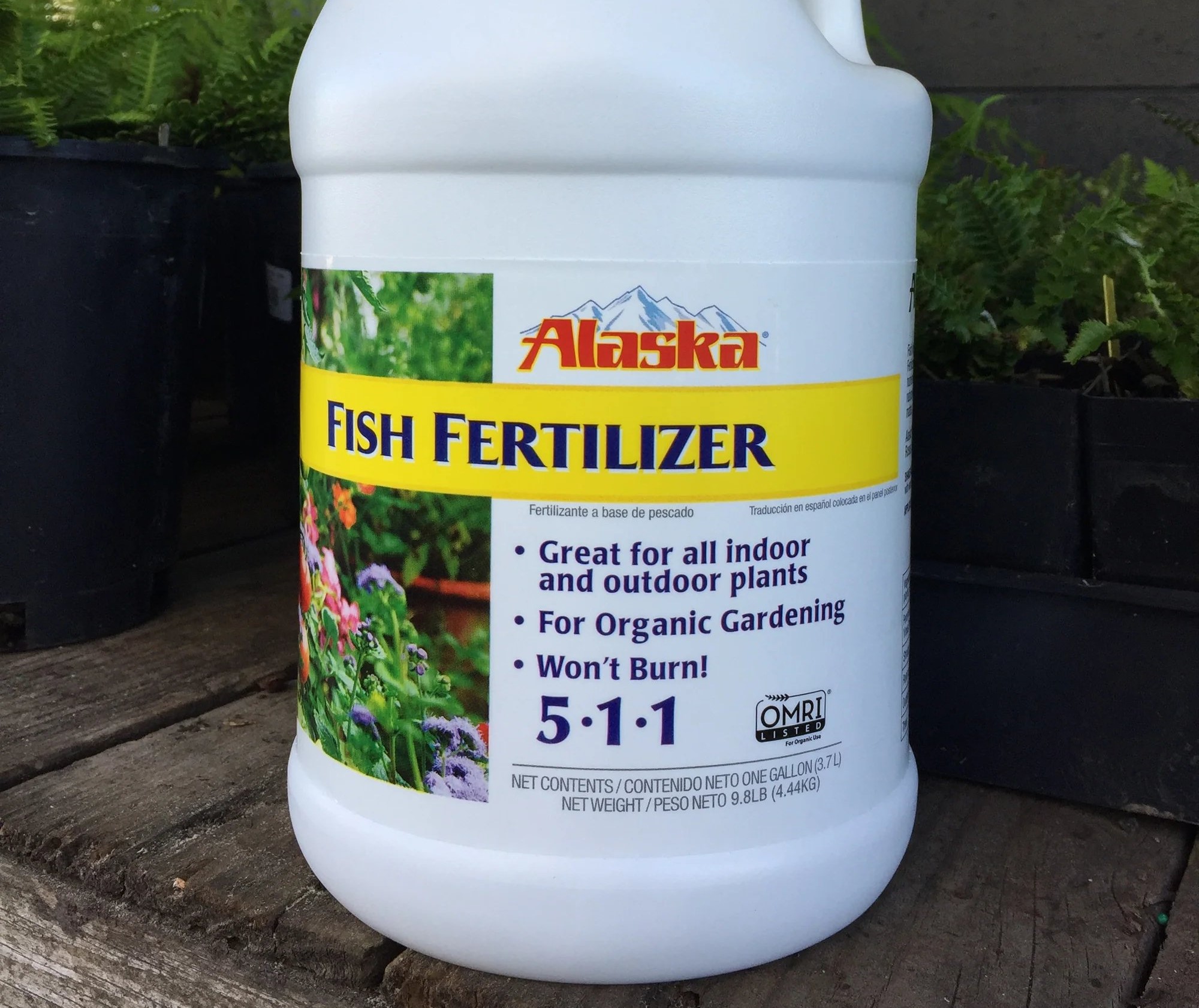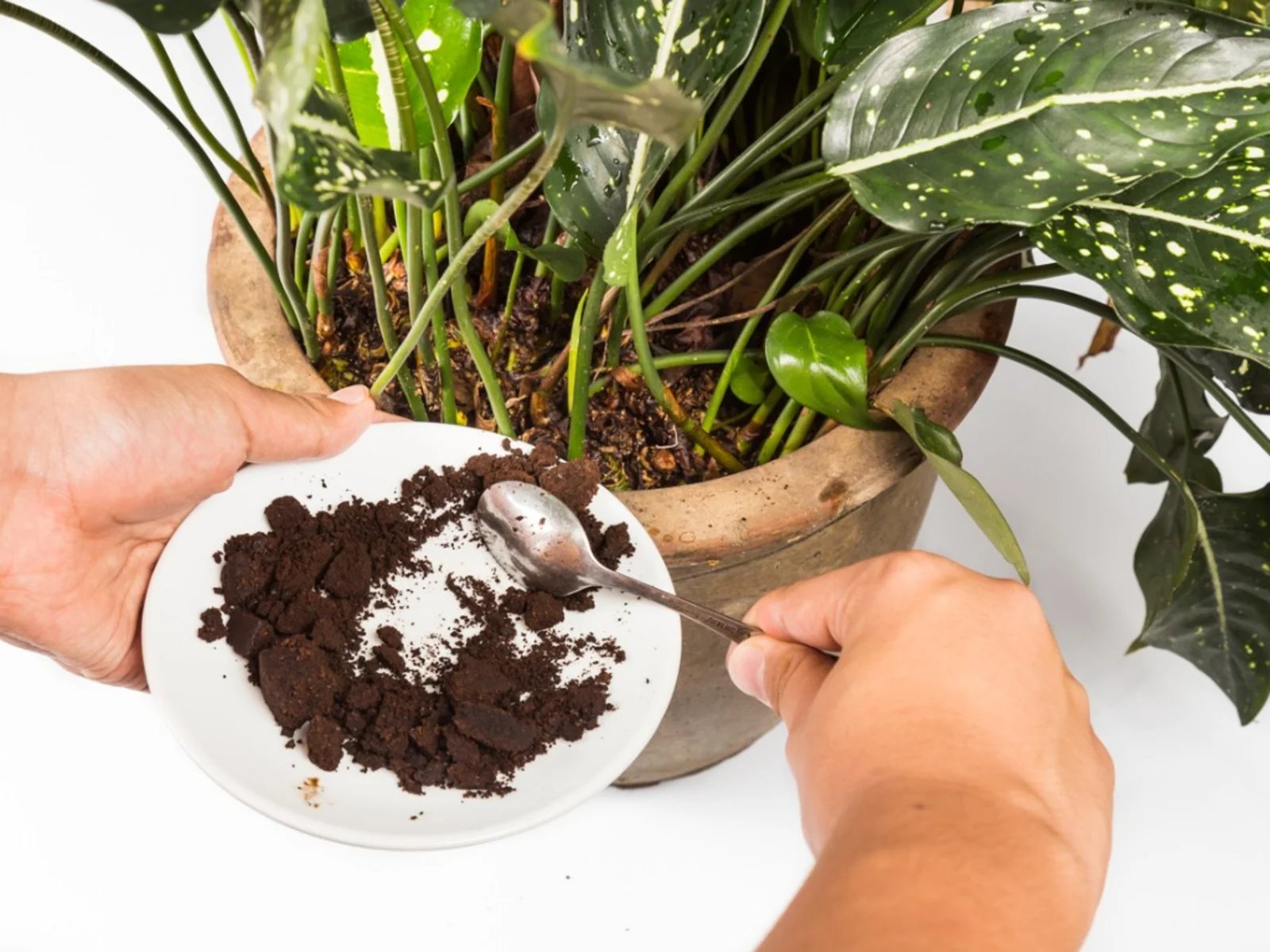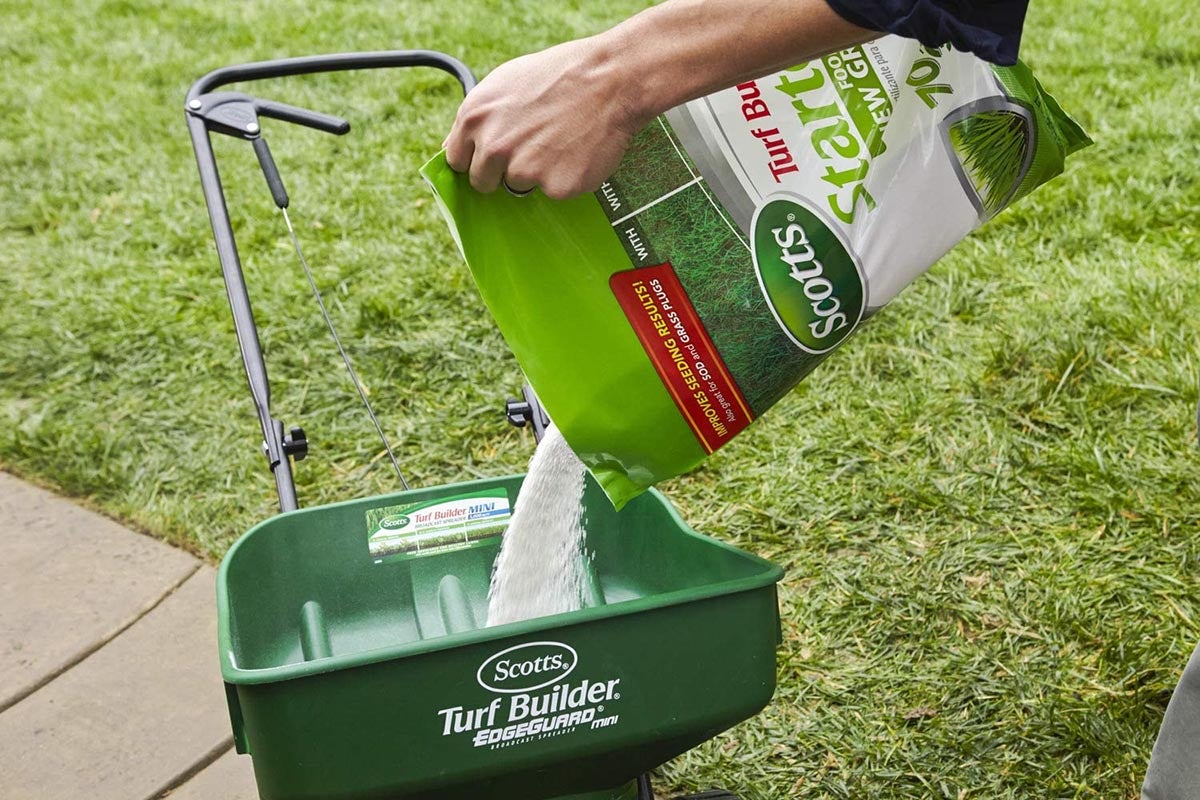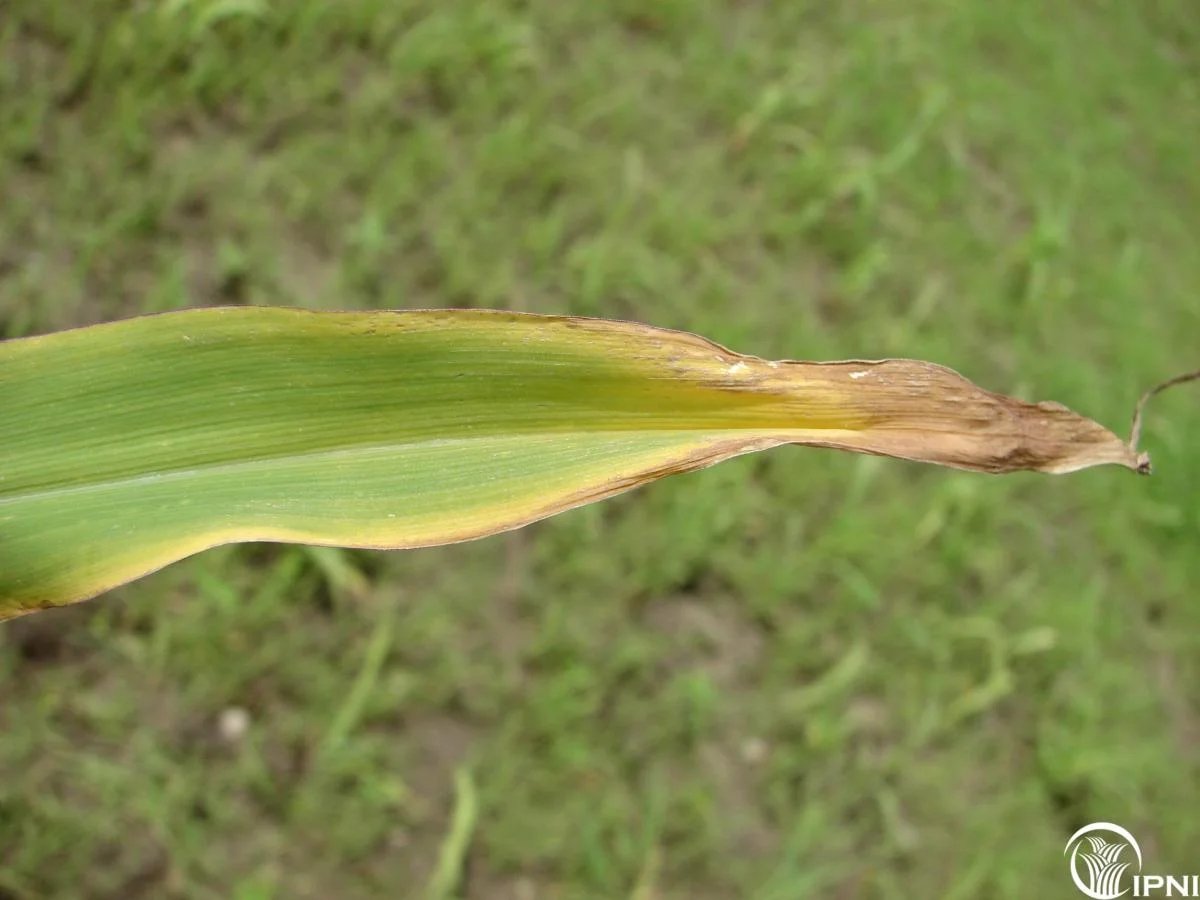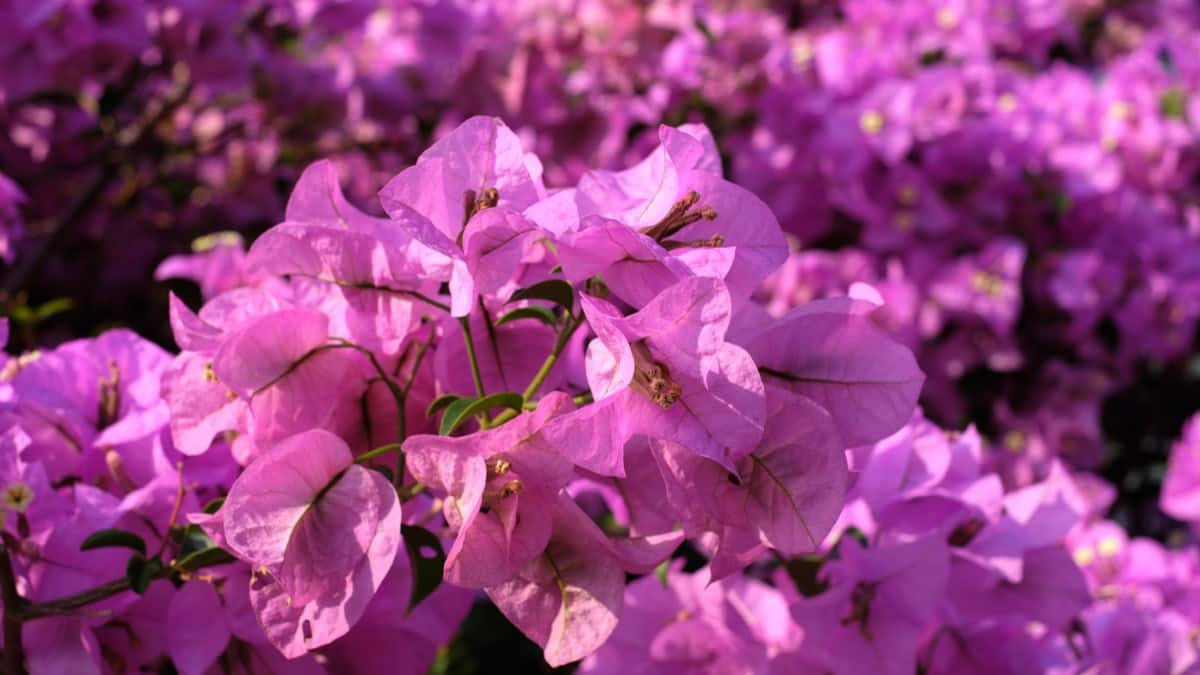Home>Gardening Techniques>DIY Projects>How To Use Orange Peel Fertilizer For Your Plants


DIY Projects
How To Use Orange Peel Fertilizer For Your Plants
Modified: January 22, 2024
Discover the benefits of using orange peel fertilizer for various plants with these DIY projects. Enhance your gardening skills and promote sustainable practices today!
(Many of the links in this article redirect to a specific reviewed product. Your purchase of these products through affiliate links helps to generate commission for Chicagolandgardening.com, at no extra cost. Learn more)
Table of Contents
Introduction
Welcome to the world of DIY projects! If you’re someone who loves to get their hands dirty and create something amazing, then you’re in the right place. DIY projects not only allow you to unleash your creativity but also give you the satisfaction of completing a task on your own. From crafting unique home decor items to building furniture, the possibilities are endless.
But what if we told you that DIY projects can not only be fun but also beneficial for your plants? That’s right, by making your own orange peel fertilizer, you can give your plants the nutrients they need to thrive and ensure they stay healthy.
Orange peel fertilizer is a natural and eco-friendly way to provide your plants with essential nutrients. Instead of throwing away your orange peels, you can repurpose them to create a nutrient-rich fertilizer that promotes plant growth and improves soil health. Plus, it’s a great way to reduce waste and make use of every part of the fruit.
In this article, we will delve into the world of orange peel fertilizer and explore its benefits, the types of plants that can benefit from it, how to make it at home, and some tips for using it effectively. So, whether you’re a gardening enthusiast looking for a more sustainable approach or someone who enjoys experimenting with DIY projects, this guide is for you.
Benefits of Using Orange Peel Fertilizer
Orange peel fertilizer offers numerous benefits for your plants and the soil. Here are some of the reasons why you should consider using it in your garden:
- Natural Nutrient Source: Orange peels are packed with essential nutrients such as nitrogen, phosphorus, and potassium, which are vital for plant growth. By using orange peel fertilizer, you’re providing your plants with a natural and organic source of nutrients, without relying on synthetic fertilizers.
- Promotes Soil Health: Orange peel fertilizer helps improve the quality of the soil by enhancing its structure and fertility. It aids in retaining moisture, preventing soil erosion, and promoting beneficial microbial activity in the soil, which in turn benefits plant roots.
- Enhances Plant Growth: The nutrients found in orange peels stimulate plant growth and development. They promote healthy foliage, stronger stems, and increased flower or fruit production. Using orange peel fertilizer can help your plants grow bigger, healthier, and more vibrant.
- Repels Pests: Orange peels contain natural compounds, such as limonene, that repel certain pests and insects. By using orange peel fertilizer, you can create a protective barrier around your plants, deterring pests and reducing the risk of damage.
- Sustainable and Cost-effective: Making your own orange peel fertilizer is a sustainable practice that allows you to repurpose waste and reduce your environmental footprint. It’s also a cost-effective alternative to purchasing commercial fertilizers, as orange peels are readily available and often discarded.
By incorporating orange peel fertilizer into your gardening routine, you can experience these benefits and contribute to a healthier garden ecosystem.
Types of Plants that Benefit from Orange Peel Fertilizer
Orange peel fertilizer can benefit a wide range of plants, from flowers and vegetables to herbs and fruit trees. Here are some examples of plants that can thrive with the use of orange peel fertilizer:
- Citrus Trees: It’s no surprise that citrus trees, such as orange, lemon, and lime, can benefit greatly from orange peel fertilizer. These trees require a nutrient-rich soil to produce healthy fruits, and the natural nutrients found in orange peels provide an excellent boost.
- Roses: Roses are known for their vibrant blooms, but they also require proper nutrition to thrive. The nutrients in orange peel fertilizer can help roses produce more abundant and colorful flowers while enhancing overall plant health.
- Tomatoes: Tomatoes are heavy feeders and require plenty of nutrients throughout their growing season. Orange peel fertilizer can supply the necessary nutrients to support strong tomato plant growth and improve the quality and flavor of the fruits.
- Herbs: Many herbs, such as basil, rosemary, and mint, can benefit from the nutrients found in orange peel fertilizer. These plants are often grown for their leaves and culinary uses, and using orange peel fertilizer can promote lush foliage and enhance their flavors.
- Flowering Plants: Whether it’s daisies, marigolds, or petunias, flowering plants can produce more vibrant and longer-lasting blooms with the help of orange peel fertilizer. The nutrients in the peel can nourish the plants’ reproductive systems and improve the flowering process.
- Vegetables: Many vegetables, including peppers, cucumbers, and squash, can benefit from orange peel fertilizer. The nutrients it provides enhance plant growth, increase yields, and improve the nutritional value of the harvested vegetables.
These are just a few examples of the types of plants that can benefit from orange peel fertilizer. However, it’s important to note that while orange peel fertilizer can be beneficial for most plants, it’s always a good idea to research the specific needs of individual plants and adjust your fertilization practices accordingly.
How to Make Orange Peel Fertilizer
Making your own orange peel fertilizer is a simple and rewarding process. Here’s a step-by-step guide on how to create this nutrient-packed fertilizer for your plants:
- Collect Orange Peels: Start by collecting orange peels from your kitchen. You can use the peels of both fresh and dried oranges. It’s important to choose organic oranges to avoid any pesticide residues.
- Dry the Peels: Lay out the orange peels on a clean surface and allow them to air dry for a few days. You can also use a food dehydrator to speed up the drying process. Make sure the peels are completely dry before proceeding to the next step.
- Grind or Chop the Peels: Once the orange peels are dry, you can either grind them into a fine powder using a blender or food processor or finely chop them with a knife. Grinding the peels will release more of their nutrients, but chopping them is also effective.
- Mix with Soil or Compost: Take the ground or chopped orange peels and mix them with your gardening soil or compost. The ratio should be approximately 1 part orange peel to 3-4 parts soil or compost. Ensure that the peels are evenly distributed throughout the mixture.
- Incorporate into the Soil: Dig a small hole in the soil near the base of your plants or sprinkle the orange peel fertilizer on the surface of the soil. Gently work the mixture into the soil using a garden fork or your hands, making sure it is well blended.
- Water the Plants: After incorporating the orange peel fertilizer, water your plants as usual. This will help the nutrients from the peels to penetrate the soil and become readily available to the roots of your plants.
Remember to adjust the amount of orange peel fertilizer based on the size of your plants and their specific nutrient requirements. You can gradually increase or decrease the quantity as needed.
With these simple steps, you can make your own orange peel fertilizer and provide your plants with a natural and nutrient-rich boost for healthy and thriving growth.
Tips for Using Orange Peel Fertilizer
To ensure you get the most out of your orange peel fertilizer, here are some helpful tips to keep in mind:
- Proper Application: Apply orange peel fertilizer to the soil around the base of the plants, avoiding direct contact with the stems or leaves. This helps prevent potential burning or damage to the plant tissues.
- Regular Application: For optimal results, apply orange peel fertilizer every 4-6 weeks during the growing season. This ensures a steady supply of nutrients to support plant growth and development.
- Composting: Consider adding orange peels to your compost pile as well. This will not only help enrich your compost with valuable nutrients but also reduce waste and promote sustainability in your gardening practices.
- Variety of Fertilizers: Orange peel fertilizer is a great addition to your overall fertilization routine, but it’s also beneficial to vary the types of fertilizers you use. Combine it with other organic fertilizers or compost to provide a balanced nutrient profile for your plants.
- Monitor Plant Response: Observe how your plants respond to the orange peel fertilizer. Look for signs of improved growth, increased vigor, and healthier foliage. If you notice any negative effects, such as yellowing leaves or stunted growth, reduce the amount of fertilizer applied.
- Store Properly: If you have leftover orange peel fertilizer, store it in an airtight container in a cool, dry place. This will help maintain its nutrient content and prevent moisture or pests from affecting its quality.
- Experiment and Adjust: Every garden and plant is unique, so don’t be afraid to experiment with the amount and frequency of orange peel fertilizer application. Keep track of the results and make adjustments based on the specific needs of your plants.
By following these tips, you can maximize the benefits of orange peel fertilizer and create an optimal environment for your plants to thrive.
Conclusion
Embarking on DIY projects can be a fulfilling and rewarding experience, especially when it comes to creating something beneficial for your plants. Orange peel fertilizer offers a natural and eco-friendly solution to nourish your plants and promote their growth.
By repurposing orange peels and turning them into a nutrient-rich fertilizer, you not only reduce waste but also provide your plants with essential nutrients like nitrogen, phosphorus, and potassium. This promotes healthy growth, vibrant blooms, and bountiful harvests.
Whether you have citrus trees, roses, vegetables, or flowering plants, orange peel fertilizer can benefit a wide range of plant varieties and improve the overall health of your garden. It’s a sustainable and cost-effective alternative to commercial fertilizers, and it allows you to have full control over the ingredients you use.
Remember, making your own orange peel fertilizer is easy. Simply collect the peels, dry them, grind or chop them, mix them with soil or compost, and incorporate them into the soil around your plants. Regular application, proper storage, and observation of plant response will help you get the most out of this natural fertilizer.
So, whether you’re an avid gardener looking to enhance your gardening practices or a DIY enthusiast searching for another exciting project, give orange peel fertilizer a try. Your plants will thank you with their lush foliage, vibrant blooms, and abundant harvests.
Get started on your journey of creating a sustainable and thriving garden with the power of orange peel fertilizer. Your plants will love the nutrient boost, and you’ll enjoy the satisfaction of contributing to a more sustainable and beautiful environment.
